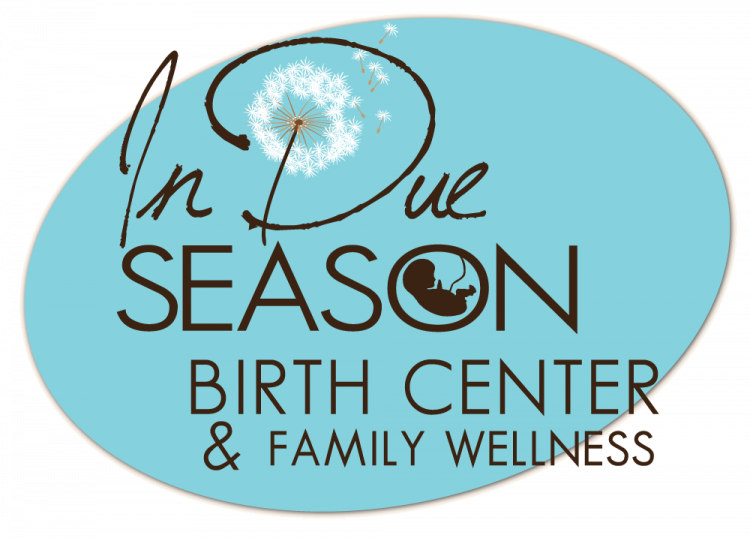
When I was pregnant with my first baby, I didn’t know very much about breastfeeding. I had heard “breast is best,” but I don’t think I had ever seen anyone breastfeed in real life. I decided that I would give it a shot, but if it didn’t work out, I wasn’t worried about it.
Well, five years and three babies later, I’ve been breastfeeding more often than not.
Everyone’s experience is different, but here is mine, the good and the bad.
Breastfeeding After Cesarean
It was 4:00 in the morning, and I was finally back in my room after my emergency c-section. I was exhausted, and I wanted a chance to finally hold my baby.
The postpartum nurse knew that I wanted to give breastfeeding a try, so she brought me the baby and showed me what to do.
The baby latched on—I was amazed.
My body flooded with oxytocin. I was able to gaze into my baby’s big, open eyes, knowing that although this wasn’t the birth experience I wanted for us, we could still connect in this special way. Nursing my baby ended up being a gift I didn’t know I needed.
Challenges:
The biggest obstacle we faced early on was healing from my C-section. Even when I wasn’t in pain, I still had trouble getting myself into position to nurse. After we left the hospital, I needed my husband to hand me the baby—leaning into the bassinet, picking the baby up, and sitting back down were too hard. It wasn’t for at least two weeks that I was able to do it all comfortably.
I also struggled with the sheer amount of time this baby nursed at each session. It was hard since I didn’t know what was “normal”—baby was growing well, and my pediatrician reassured me that some babies just nurse longer than others—but in those early weeks, it was a struggle to get ready to leave the house. Just when baby and I were dressed and ready to go, she would need to eat again.
This baby also struggled with reflux more than my others. I’ve since learned that this could be why she nursed more—the sucking reflex was soothing and helped keep things down.
Going back to work
By the time I went back to work, breastfeeding was well-established, and I had built up a stash of milk.
Everything went fine for a while. I had a private office to pump in and a sign to hang on the door.
But it wasn’t always easy. For one thing, it was hard to take pumping breaks when work was busy. Although I was doing what I felt was best for my baby, I sometimes felt like I was letting my coworkers down. Spending 20 minutes pumping felt like a lot of time to them, but I spent the whole thing rushing to set up, pump, and clean all the parts. And sometimes other associates were using my pumping office—since it was really someone else’s office—and I had to kick them out.
No matter how well my baby nursed (she did eventually get faster!), I found that the pump did not remove milk as efficiently. I tried different attachments and ordered new parts, but eventually we supplemented with formula.
Breastfeeding was going well, but I wasn’t crazy about pumping. Using formula for backup is not everyone’s choice, but it gave me peace of mind that my baby wouldn’t be starving if I couldn’t pump enough.
Ultimately, I was able to nurse my little one until she was a year and a half, when I got pregnant with baby number two.
Breastfeeding After Home Birth
My second and third babies were both born at home. After each birth, it was such a gift to be able to freely pick up my babies and nurse them without searing pain in my abdomen.
Breastfeeding came easier the second and third time around. Most of it was undoubtedly because I had more experience, but having a natural birth, free of the stress of surgery and unwanted interventions, also played a role.
When my third baby was born, she was sleepier than the others and struggled with jaundice. Whereas the other two were quick to tell me when they were hungry, I had to make a more concerted effort to feed her around the clock. The more she nursed, the faster her jaundice would improve, so I fed her often and gave her lots of sunlight. The jaundice cleared up within a couple of weeks without any other treatment.
She is eight months now and starting solids. I hope to nurse her past her second birthday, like I did for my second child. Even when we were down to one feed a day, it was the most surefire way to get my middle child to sleep at night, and it was the most reliable way to soothe her if she wasn’t feeling well.
Over these past five years, breastfeeding has brought me and my girls so much peace and comfort. Being able to nurture them in this way has been such a blessing, and I hope to continue for the foreseeable future.
Ask your midwife at your next visit about breastfeeding education and support.
Kristina Pless is a homebirth enthusiast and copy/content writer for In Due Season. She lives in Zephyrhills with her husband and three daughters.
